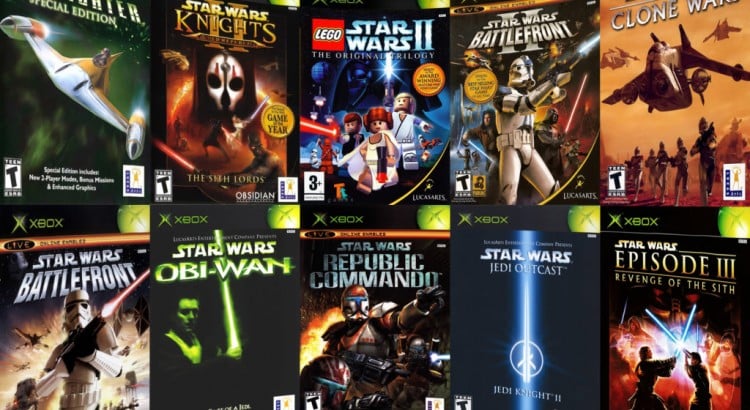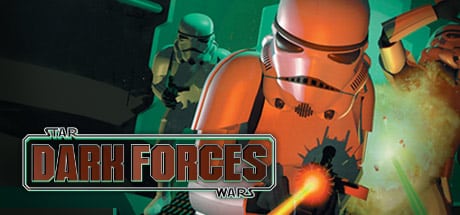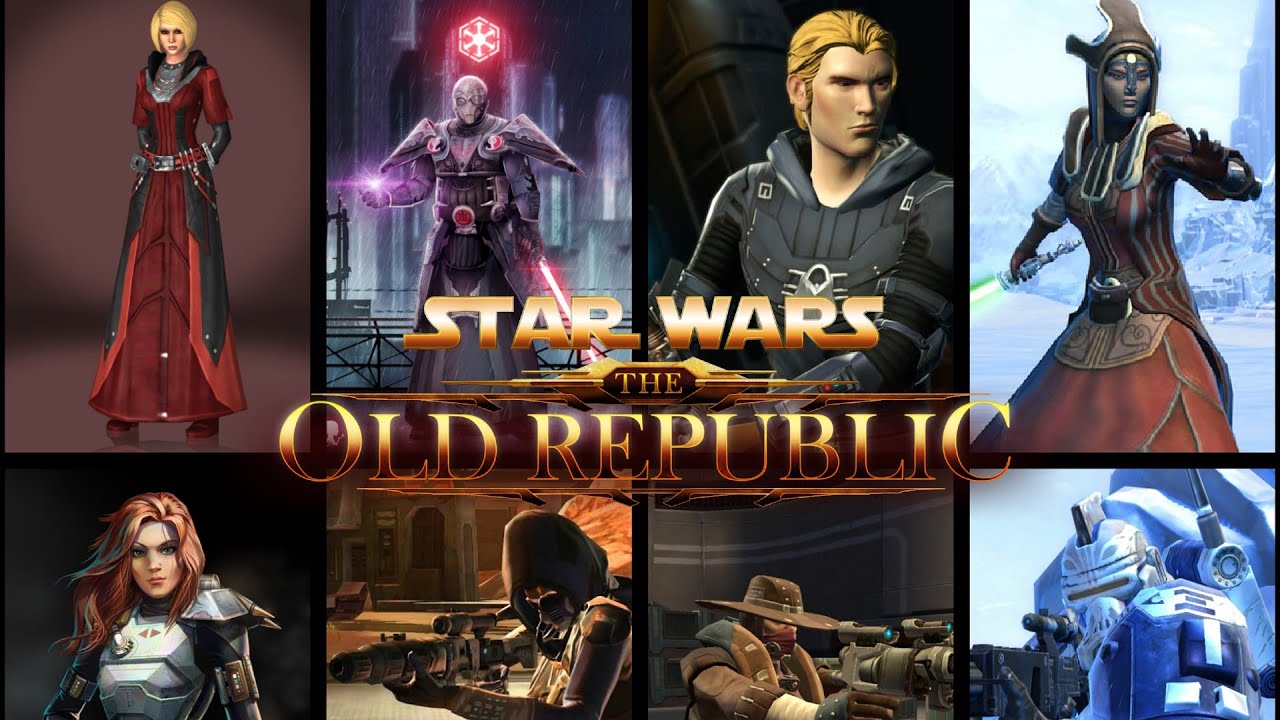Since the release of the original Star Wars movie in 1977, the saga has become a cultural phenomenon that has captured the imaginations of fans worldwide. The universe created by George Lucas has expanded beyond the silver screen, permeating various forms of media such as books, comics, and video games. One aspect that has allowed the franchise to endure and thrive is the art of storytelling. This in-depth analysis will explore the narratives and storytelling methods used in Star Wars video games and how they have contributed to the expansion of the Star Wars universe.
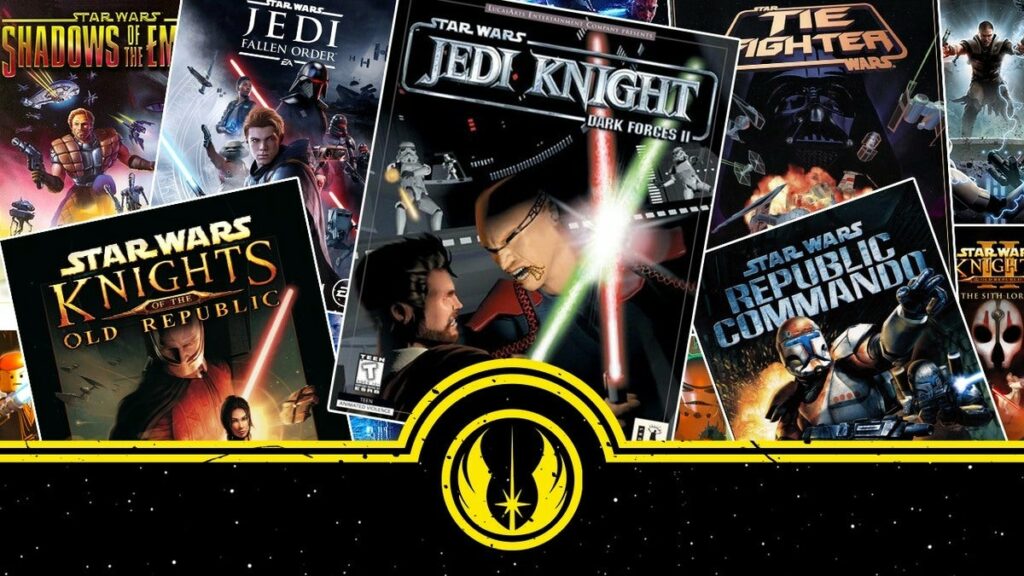
The Beginnings of Star Wars Gaming Narratives
The early days of Star Wars gaming were limited by the technology available at the time, with most titles focusing on simple gameplay mechanics and minimal plot. However, even in those days, the seeds of storytelling were being sown. In 1983, “Star Wars: The Arcade Game” allowed players to step into the shoes of Luke Skywalker and take part in the famous Death Star trench run, introducing the concept of experiencing iconic moments from the movies through interactive gameplay.
As technology improved, so did the complexity of Star Wars gaming narratives. In 1993, “Star Wars: X-Wing” was released, and it was one of the first games to feature an original story set in the Star Wars universe. Players took on the role of a Rebel pilot in a series of missions that built upon the events of the original trilogy, paving the way for future games to expand on the existing lore.

The Golden Age of Star Wars Storytelling in Video Games
The late 1990s and early 2000s saw the release of numerous Star Wars games that are still remembered fondly for their engrossing stories. Titles such as “Star Wars: Jedi Knight II: Jedi Outcast” and “Star Wars: Knights of the Old Republic” took the art of storytelling in Star Wars games to new heights.
The Jedi Knight Series
The Jedi Knight series, starting with “Dark Forces” in 1995 and culminating with “Jedi Academy” in 2003, told the story of Kyle Katarn, a former Imperial agent turned Jedi Knight. Through multiple games, players experienced Kyle’s journey as he uncovered the secrets of his past, fought against the dark side, and eventually became a Jedi Master. The series showcased the potential for deep character development in Star Wars games, and its impact on the franchise’s storytelling cannot be overstated.
Knights of the Old Republic
“Star Wars: Knights of the Old Republic” (KOTOR) was released in 2003 and is widely regarded as one of the best Star Wars games ever made. Developed by BioWare, the game was set thousands of years before the events of the movies and introduced players to a new era in the Star Wars timeline. KOTOR used a branching narrative with multiple dialogue options and moral choices, allowing players to shape the story based on their decisions. This innovative approach to storytelling in a Star Wars game set a new standard for the franchise and inspired future titles.
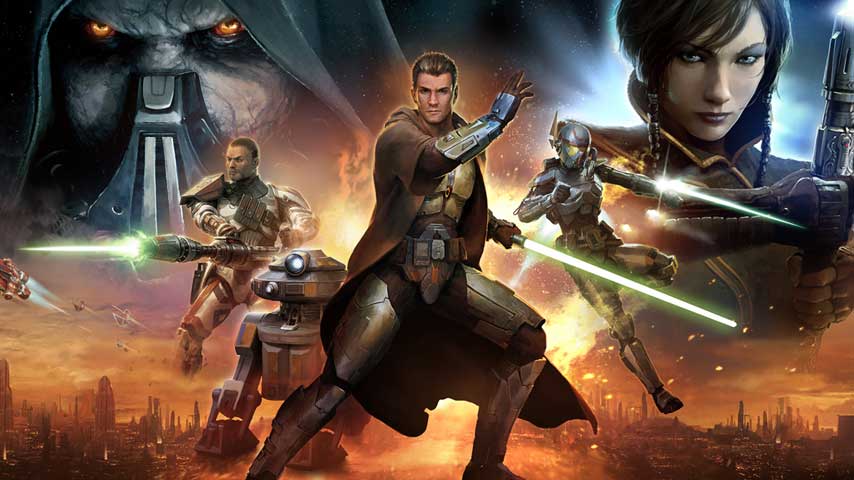
Expanding the Star Wars Universe Through Video Games
While the movies and novels have done much to develop the Star Wars universe, video games have played a significant role in expanding the lore and exploring new corners of the galaxy. Games such as “Star Wars: The Force Unleashed” and “Star Wars: The Old Republic” have introduced new characters, locations, and events that have become integral parts of the Star Wars mythos.
The Force Unleashed
“Star Wars: The Force Unleashed” was released in 2008 and told the story of Starkiller, Darth Vader’s secret apprentice. Set between the
events of “Revenge of the Sith” and “A New Hope,” the game explores a previously uncharted period in the Star Wars timeline. The Force Unleashed” not only introduced players to new characters, such as Starkiller and Juno Eclipse, but also provided a fresh perspective on iconic characters like Darth Vader and Emperor Palpatine. The game’s story had a significant impact on the Star Wars universe, as it revealed the origins of the Rebel Alliance and bridged the gap between the prequel and original trilogies.
Star Wars: The Old Republic
“Star Wars: The Old Republic” is a massively multiplayer online role-playing game (MMORPG) released in 2011, set thousands of years before the Skywalker saga. The game expanded on the lore established in the KOTOR series and allowed players to explore a vast, interconnected galaxy filled with unique planets, species, and factions. The Old Republic’s storytelling is notable for its depth and variety, as players can choose from eight distinct character classes, each with its own branching narrative. The game has continued to evolve with numerous expansions, adding new storylines and characters that further enrich the Star Wars universe.
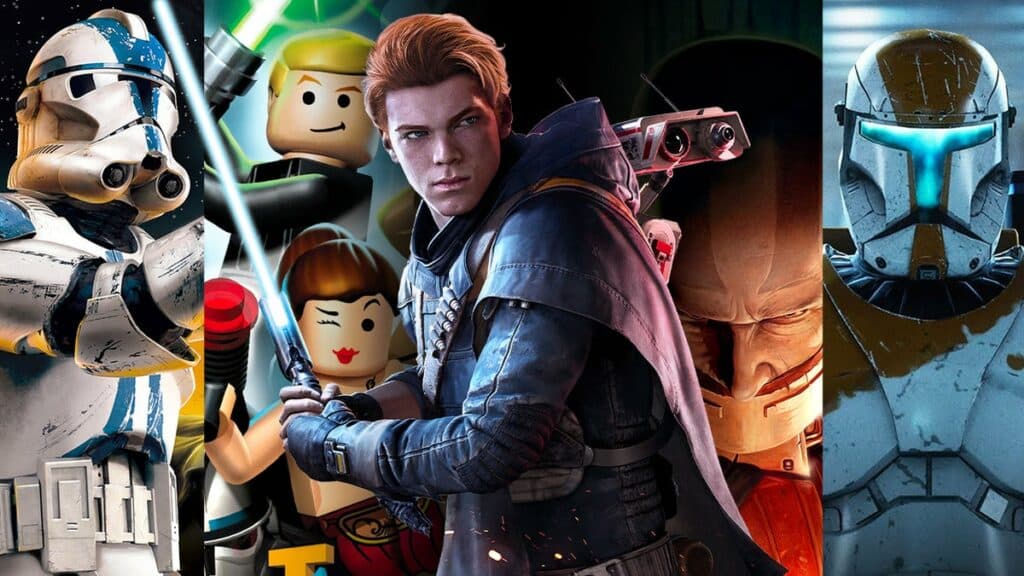
The Art of Storytelling in Recent Star Wars Games
Recent Star Wars games have continued the tradition of compelling storytelling, with titles such as “Star Wars: Battlefront II” and “Star Wars Jedi: Fallen Order” offering players immersive narratives that complement the events of the movies.
Star Wars: Battlefront II
“Star Wars: Battlefront II” (2017) features a single-player campaign that tells the story of Iden Versio, an Imperial special forces commander who ultimately joins the Rebel Alliance. The game’s story spans the period between “Return of the Jedi” and “The Force Awakens,” providing insight into the events that transpired after the fall of the Empire. Battlefront II” also incorporates iconic characters like Luke Skywalker, Leia Organa, and Han Solo, allowing players to experience key moments from their perspectives.
Star Wars Jedi: Fallen Order
“Star Wars Jedi: Fallen Order” (2019) is an action-adventure game that follows Cal Kestis, a young Jedi survivor of Order 66. The game is set between “Revenge of the Sith” and “A New Hope,” and it explores Cal’s journey to restore the Jedi Order while evading the relentless pursuit of the Empire. “Fallen Order” boasts a rich narrative, with memorable characters and emotional story beats that effectively showcase the struggles and triumphs of the protagonist.

Conclusion
From the early days of simple arcade games to the narrative-driven experiences of today, storytelling in Star Wars video games has come a long way. These interactive narratives have allowed fans to dive deeper into the Star Wars universe, experience events from new perspectives, and even shape the course of the story with their decisions. As technology continues to advance, the possibilities for storytelling in Star Wars games are endless, and future titles are sure to bring even more captivating tales to life in a galaxy far, far away.

